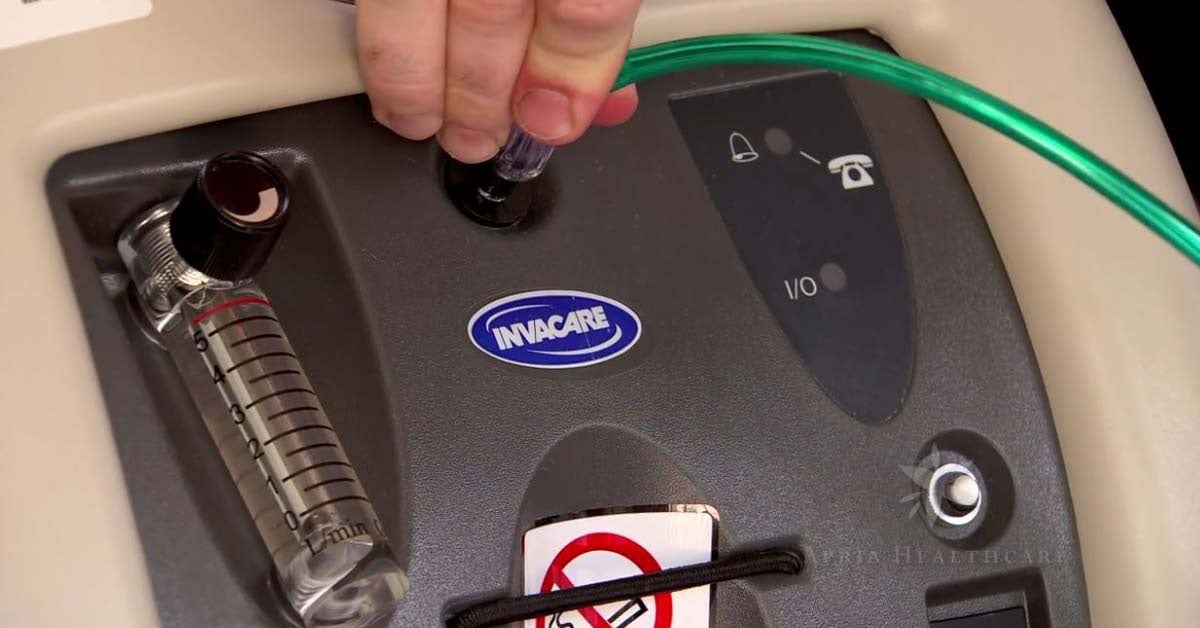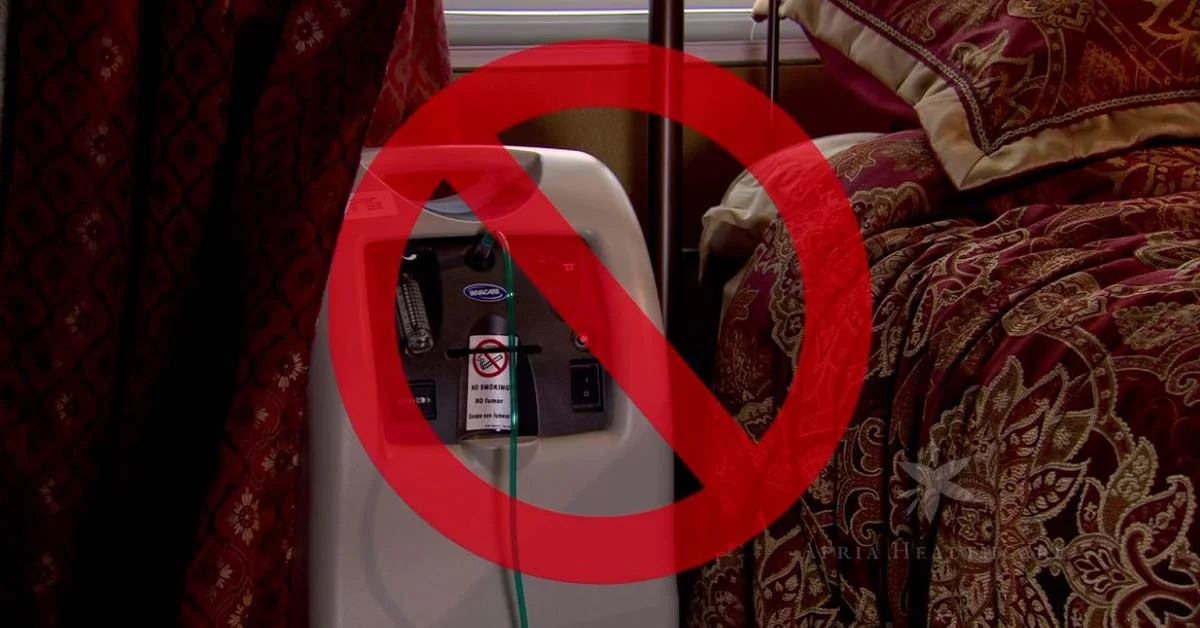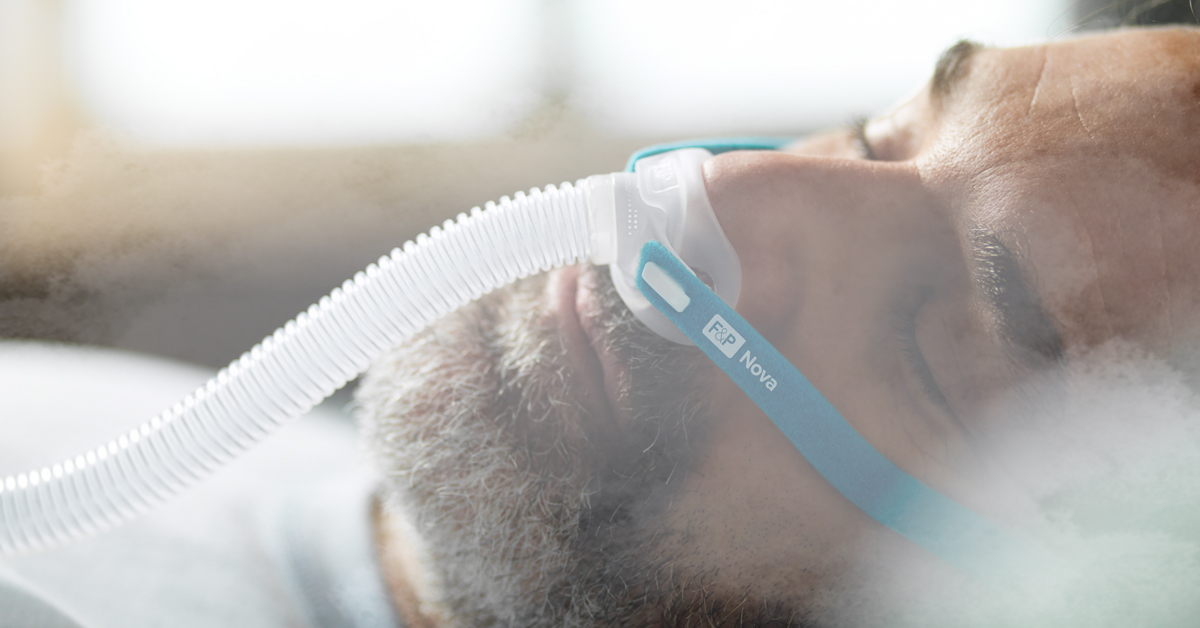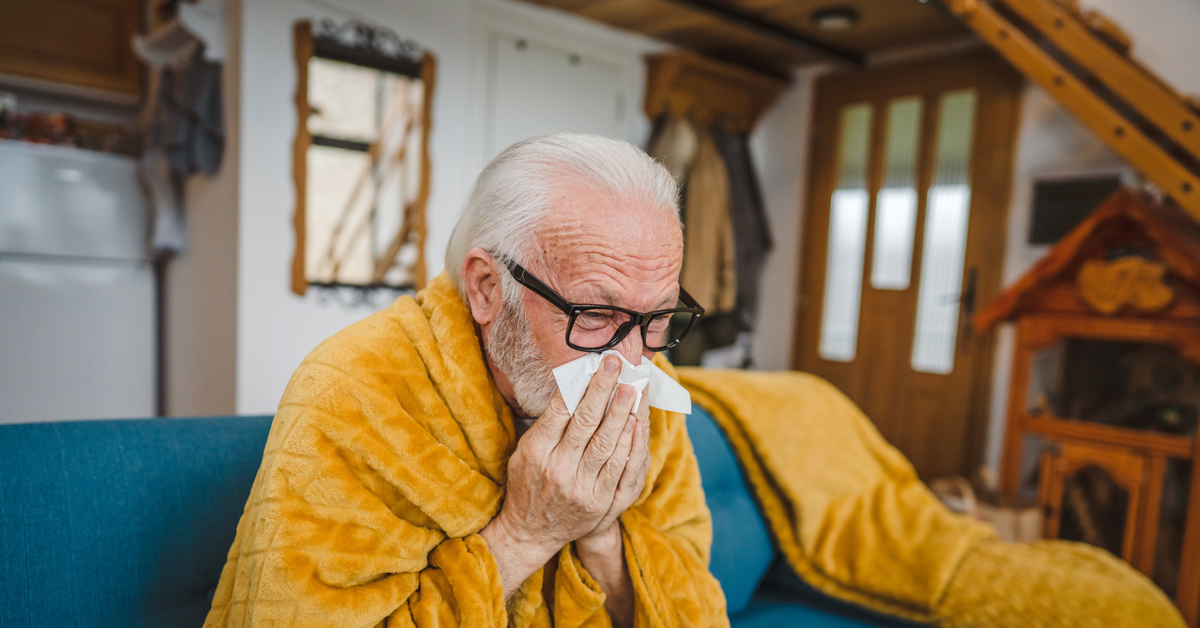Apria uses a variety of oxygen concentrators. All models have the same basic controls. Here are instructions on how to use an oxygen concentrator.
Watch this video to see a demonstration of how to use an oxygen concentrator.
Power Controls for The Oxygen Concentrator
Each unit has a power switch to turn the unit on or off that's located on the front panel. Almost all units are equipped with a circuit breaker or reset button. In most units, the circuit breaker is a white button located near the power switch.
If your unit alarms or stops working, check this first. If you can't locate the circuit breaker button, contact your local Apria branch.
Oxygen Flow Control for The Oxygen Concentrator
All concentrators have a flow control knob or dial with a gauge or tube that shows the flow setting. The center of the indicator ball should be on the line next to the flow prescribed by your doctor. You should not change the flow unless your doctor changes your prescription.
An outlet where the tubing or cannula attaches is located close to the flow control. Most concentrators also have a place for a humidifier bottle if ordered. Many units also have indicator lights that show you if the unit is working correctly. On some models, an alarm indicates certain types of problems with the concentrator.
Operating The Oxygen Concentrator
The following step-by-step instructions will help you operate your concentrator.
- Insert the power plug into a power outlet. Unless your physician has prescribed a humidifier bottle, attach the oxygen tubing to the nipple outlet.
-
- If your physician has prescribed a humidifier bottle, attach a filled humidifier bottle with distilled water.
- Center the threaded cap on the humidifier bottle under the threaded outlet tube on the concentrator.
- Turn the cap on the humidifier bottle until it is tightly screwed onto the outlet tube. Finally, attach oxygen tubing to the nipple outlet on the humidifier bottle lid.
- Press the on/off switch to the on position. The alarm will sound until the proper pressure is reached.
- Adjust the oxygen flow rate by turning the leader control knob until the flow is at the number prescribed by your doctor. You should not change the flow unless your prescription changes.
- Fit the nasal cannula or the oxygen mask so that it's comfortable. When you have finished using your oxygen, you should remove the cannula or mask and turn the on off switch to the off position.

This is how the oxygen tubing connects to the nipple outlet.
Troubleshooting The Oxygen Concentrator
Concentrators are very reliable and have few problems, but sometimes they may stop working properly. Your delivery technician provided you with some basic troubleshooting tips. Please refer to these documents:
- The Apria user guide for your unit, located here if available for your unit.
- The manufacturer’s product manual, located here if available for your unit.
If an equipment failure occurs, you should check for the following potential problems.
- Make sure the unit is not connected to an extension cord. Extension cords should never be used to power the unit.
- If the flow seems diminished, check to see if the tubing has been kinked, punctured, or if there are loose connections. Check connections and replace tubing and cannula as needed.
- If the air flow to the unit is restricted, move the unit away from drapes or put the unit in an area that is not cluttered. See your patient instruction manual for advice about where to place your concentrator in your home.
 Ensure the oxygen concentrator's airflow is not restricted by drapes or clutter.
Ensure the oxygen concentrator's airflow is not restricted by drapes or clutter.
- Check to see if the filters are dirty. Remove them from the unit and wash them out with warm water, then dry them with a paper towel and reattach. Filters should be cleaned weekly, as noted in your patient instruction booklet. Your local branch can provide replacement filters if you need them.
- If the circuit breaker keeps tripping, check to make sure the concentrator is not plugged into an outlet that is also used to power other major appliances.

.png)



